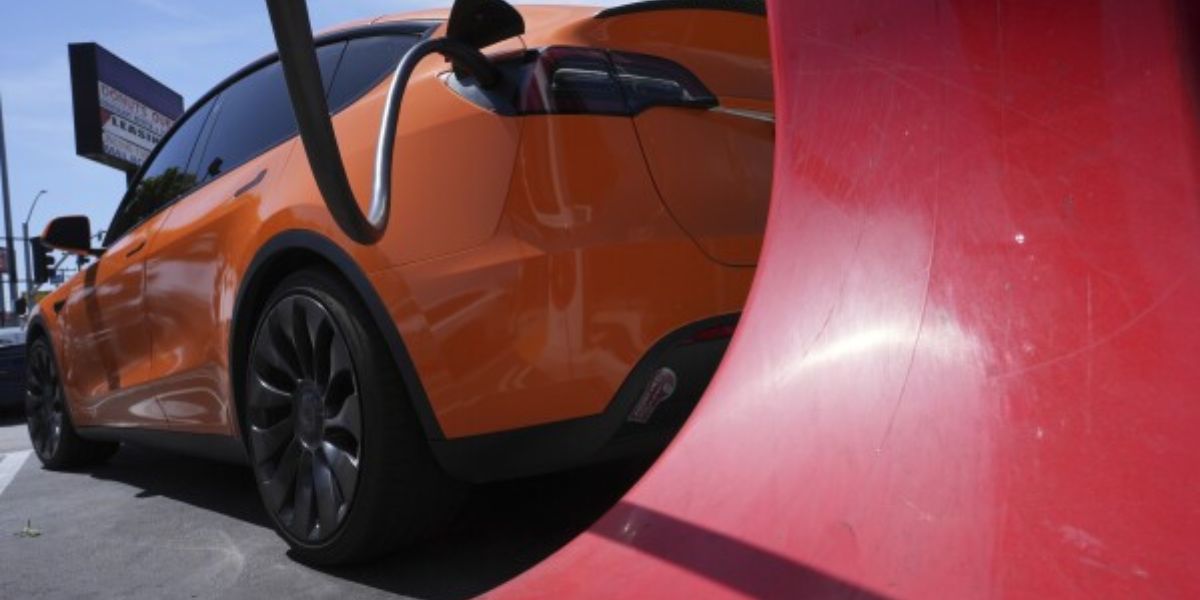A bill to repeal California’s 2035 phase-in ban on the sale of new gas-powered vehicles has been enacted by Congress.
Eleven additional states and the District of Columbia, which account for 40% of the country’s automobile market and have embraced California emissions regulations, are affected by the decision.
After being approved by the House, the Senate passed the bill Thursday. It will now be sent to President Donald Trump’s desk for his signature. However, a potential legal dispute between the federal government and the states that have enacted the California ban may be sparked by the Senate lawmaker’s challenge to Congress’s power to revoke the EPA waiver authorizing the ban.
For the current model year 2026, California, Massachusetts, New York, Oregon, Vermont, and Washington will be subject to the phased-in zero-emission vehicle requirement; for the 2027 model year, Colorado, Delaware, Maryland, New Jersey, New Mexico, Rhode Island, and Washington, D.C.
The EPA granted a waiver in the final weeks of the Biden administration, enabling California to proceed with its gas car ban. California was grandfathered in with the authority to impose stricter emissions standards than the federal level, provided that the EPA granted a waiver for each such requirement, because the state’s emissions laws, which were established to battle the state’s infamous smog, predate the EPA.
The Biden administration’s choice to postpone approving the waivers until its last few weeks may have been motivated by the congressional review power, which allows Congress to vote to overturn executive regulatory decisions within 60 legislative days.
Rob Bonta, the attorney general of California, recently declared that he is bringing a lawsuit against the Trump administration for improperly using the Congressional Review Act.
When the Biden administration took office in 2021, the federal government retracted the continuing court challenges that resulted from the first Trump administration’s 2019 withdrawal of a California auto emissions EPA waiver, which was reinstated in 2022. The Supreme Court agreed to review the court’s decision that the plaintiffs lacked standing to litigate, which ended a challenge against the 2022 reinstatement that was filed by the energy industry and many states.
Following President Trump’s expected signature of the overturn, the issue will probably be decided more definitively by Congressional Review and the constitutionality of California’s regulations.
In addition to the now commonplace battery-electric vehicles and the uncommon hydrogen fuel cell vehicles, the ban would have mandated that 35% of cars in model year 2026 be qualifying zero-emissions vehicles, which permits a significant number of plug-in hybrid models. ZEV sales fell from 22% in the last quarter of 2024 to 20.8% in the first quarter of 2025 in California, which has the biggest EV charging network and the highest EV adoption rates in the country. This suggests that consumers are growing less excited about buying electric vehicles.
Toyota referred to California’s criteria as “impossible to meet” because a ZEV rise from 20.8% to 35% would have required a 68% increase in ZEV market share within the year, since several automakers have already begun the 2026 model year.
Automakers would have been forced to either buy expensive excess credits from automakers with excess ZEV credits, like Rivian or Tesla, or limit the inventory of non-qualifying vehicles, as Jeep has done in the past. They would also have had to pay a $10,000 fine for each vehicle they sold that didn’t meet the requirement. Customers could still purchase gas-powered vehicles in other states or on the used market, which experts claim would have raised used car prices nationwide as well as in the states affected by the ban because used cars from other parts of the nation would have been imported to the affected states to satisfy the ongoing demand for gas-powered vehicles.
Even after taking subsidies into consideration, the average monthly financing payment for a new electric vehicle is more than $700, making EVs unaffordable for the majority of American families.
The inability of the California energy grid to handle even recent demand was brought to light in 2022 when officials asked EV owners not to charge their vehicles during a heat wave. In order to manage energy transfers to electric vehicles, the state needs to invest $20 billion in grid modifications, according to UC Berkeley researchers. This amount does not include extra expenses to the grid to accommodate the expected shift away from natural gas-powered appliances, which would further strain the grid.



